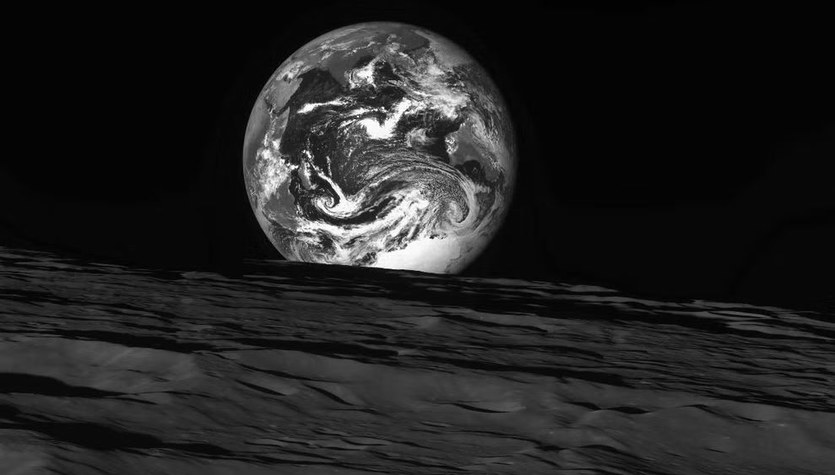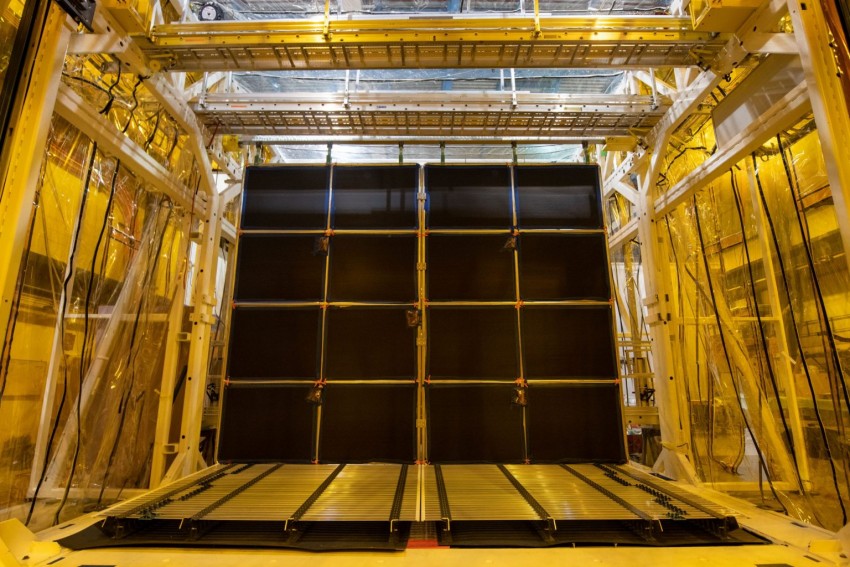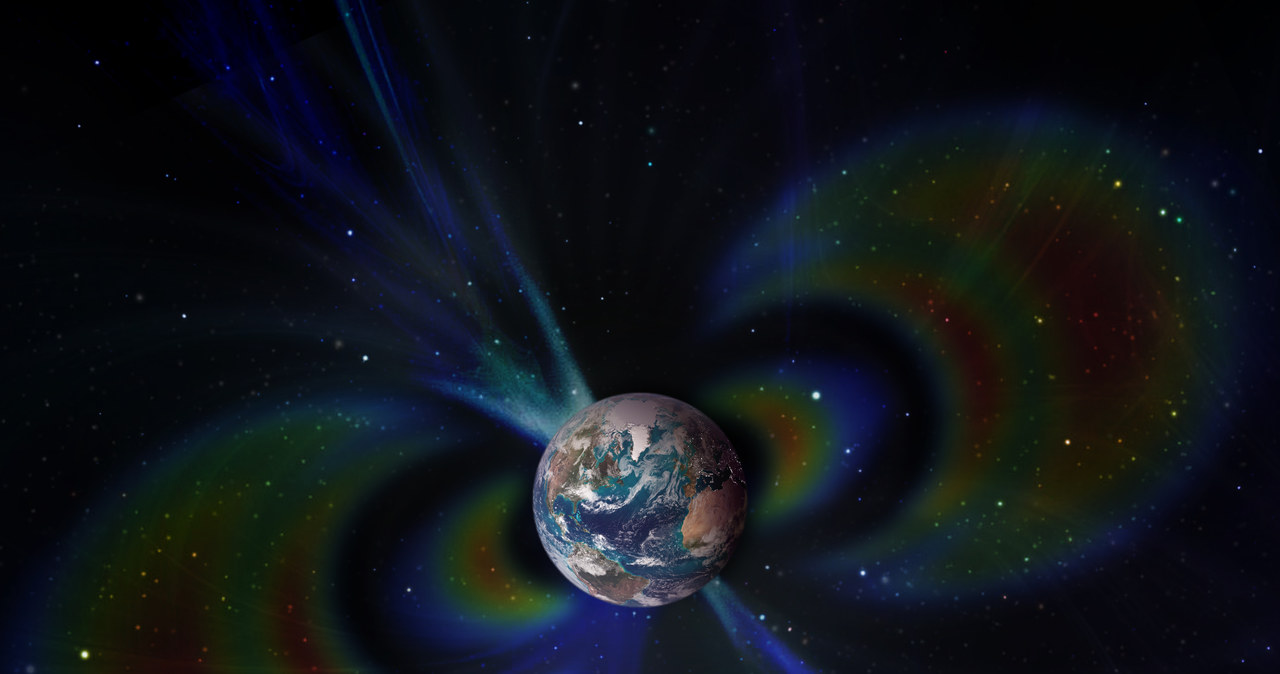It has been known for years that one of the relatively nearby stars – Betelgeuse – is approaching the end of its life, and when it explodes, it will equal, for at least a moment, the brightness of the moon in the night sky. Unfortunately, there is no way to determine when such an explosion might occur. Astronomers know that this will happen “soon.” The bad news is that it's “cosmically close,” so the explosion could happen within a year, or perhaps within 100,000 years.
However, no one said that another star wouldn't suddenly do what everyone expects from Betelgeuse. In 2023, astronomers, while making observations as part of a record survey of the sky, noticed a star behaving quite unusually. During observations, scientists noticed that the brightness of the star changes randomly. Naturally, these changes did not resemble the beginning of a supernova or nova explosion. However, this does not change the fact that the star has become the subject of further observations conducted by several independent teams. The researchers wanted to find out who was responsible for these unusual changes. No matter how you look at it, the aforementioned Betelgeuse also has unexpected brightness changes that caught the attention of not only astronomers, but also the general public just a few years ago.
Read also: The new supernova will not disappear so quickly. Scientists know how long it will be visible in the sky
But this time, it turns out that what Betelgeuse didn't do, an obscure star did. One fine day, the fuel fueling the thermonuclear fusion processes in the star's core ran out and the star exploded in a supernova. Just.
The amazing explosion occurred only 150 days after the last observations of this object. On the scale of the age of stars in millions of years, observing a star's activity just 150 days before it explodes is essentially observing the star's final moments.
Thanks Notes Just before the explosion, astronomers gained unique knowledge of what happens to a massive star in the final moments of its life. The data captured the star's increasing brightness while maintaining its optical radius, as well as extreme instability before the star collapsed in on itself.
Read also: We have never seen such a supernova before. What made it so twisted?
The supernova, designated as SN 2023fyq, is located in spiral galaxy NGC 4388, which also belongs to the Virgo cluster. The distance to the galaxy itself is currently estimated at just over 50 million light-years. It's far away, but close enough to look for other stars that could explode in a similar way. No matter how you look at it, we now know what behavior to watch out for.
This is a very valuable discovery, even if accidental. Until now, scientists have only analyzed stars that exploded as supernovas after the fact. That is, initially an explosion occurred, and only then scientists searched for information about the star that could have exploded in archival observational data. Finally, astronomers first calmly looked at the star, described its behavior, and only then exploded. Analysis of observations of the star before the explosion will certainly provide scientists with new information that will be useful in the search for other objects of this type.

Echo Richards embodies a personality that is a delightful contradiction: a humble musicaholic who never brags about her expansive knowledge of both classic and contemporary tunes. Infuriatingly modest, one would never know from a mere conversation how deeply entrenched she is in the world of music. This passion seamlessly translates into her problem-solving skills, with Echo often drawing inspiration from melodies and rhythms. A voracious reader, she dives deep into literature, using stories to influence her own hardcore writing. Her spirited advocacy for alcohol isn’t about mere indulgence, but about celebrating life’s poignant moments.


![Priscilla: Welcome to the doll's house [RECENZJA]](https://ocdn.eu/pulscms-transforms/1/rx-k9kpTURBXy84ODhjMTI4NWY1ZGYxZTVkMzQ3NjIwMzU4NWQ3ZjE1NC5qcGeTlQMAzFTNBdzNA0yTCaZlY2IwOWYGkwXNBLDNAnbeAAGhMAE/cailee-spaeny-w-filmie-priscilla.jpg)





